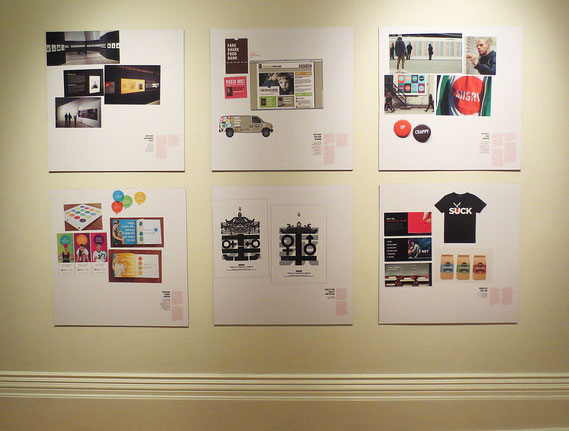Designers spend a lot of time thinking about how things look. Move that headline down, try a script font, add seven percent more magenta. We’re picky about details, and we like it that way. It’s ironic then, that when it comes to showing how good design can change the world, and how to measure that impact, we often fail.
Last November, as part of the Design Thinkers conference in Toronto, the Association of Registered Graphic Designers of Ontario (RGD Ontario) held the first international Social Good Design Awards. A panel of judges perused 200 entries from 11 countries to select 35 winners, which were featured in a gallery exhibit at the Gladstone Hotel and in a catalogue distributed to RGD professionals.
The competition is a new addition to an increasingly popular field of social design recognition and awards listings in recent years. But the trend begs a larger discussion of how we should measure “good” design, specifically design as an agent of change, and how design is presented to the public eye.
Design award competitions have certainly had their backlash, interestingly from members of the design community itself. As Maria Popova rightfully stated in her op-ed piece a couple years ago on Design Observer, design needs less ego and better metrics and measuring devices.
Can we create a system of recognition and a merit metric that isn’t bestowed top-down by a handful of omniscient industry veterans but, rather, extracted bottom-up from design’s impact on the cultural space, social function and community it lives in?
This isn’t a new argument. Many awards shows are judged on handsome looks, smooth execution and style. Stripped away are the budgets, the timeframe, the context in which the project was executed, and all the other nuances that capture good design, which are even more important when designing for good.
Design awards are a currency of the ego economy, not of the culture of collaboration.
Beyond the inner circle of design-speak, most people don’t understand the depth of what designers actually do, other than making things look nice. And “nice” is especially relative these days, when mediocrity is acceptable to most. Beyond the visual aesthetic, the impact of design is difficult to measure and few actually have the resources to make a quantitative analysis. Without finite percentages and hard numbers, most people have difficulty measuring design’s success.
By asking ourselves questions during the design thinking process, we can find ways to measure success and better explain what we do to others, as well as provide a foundation for elevating the impact of design on humanity. Is the idea carefully considered with the user in mind? Does it provoke thought, raise awareness or call to action? Does it make a life easier? It makes more sense to demonstrate to others how a design project changed behavior or provided a solution, rather than just how slick or impressive it looks. Moving in that direction, Fast Company‘s Innovation by Design Awards tries to give some substantive insight to the problems winning projects aim to solve – from an elegantly simple wheelchair that smooths the rides over rutted paths in poverty-stricken countries to an iPhone game for children with cancer that allows doctors to more accurately track their pain level.
Designers need pragmatic real-world solutions to be inspired as much as they need I-wish-I-did-that pieces of work. Judging it on visual beauty alone leaves out why many of us chose this type of work as our life passion. It can be fine art on a wall, but design has the power to be so much more and it’s up to us to designate its value.
Images courtesy of RGD Ontario.


